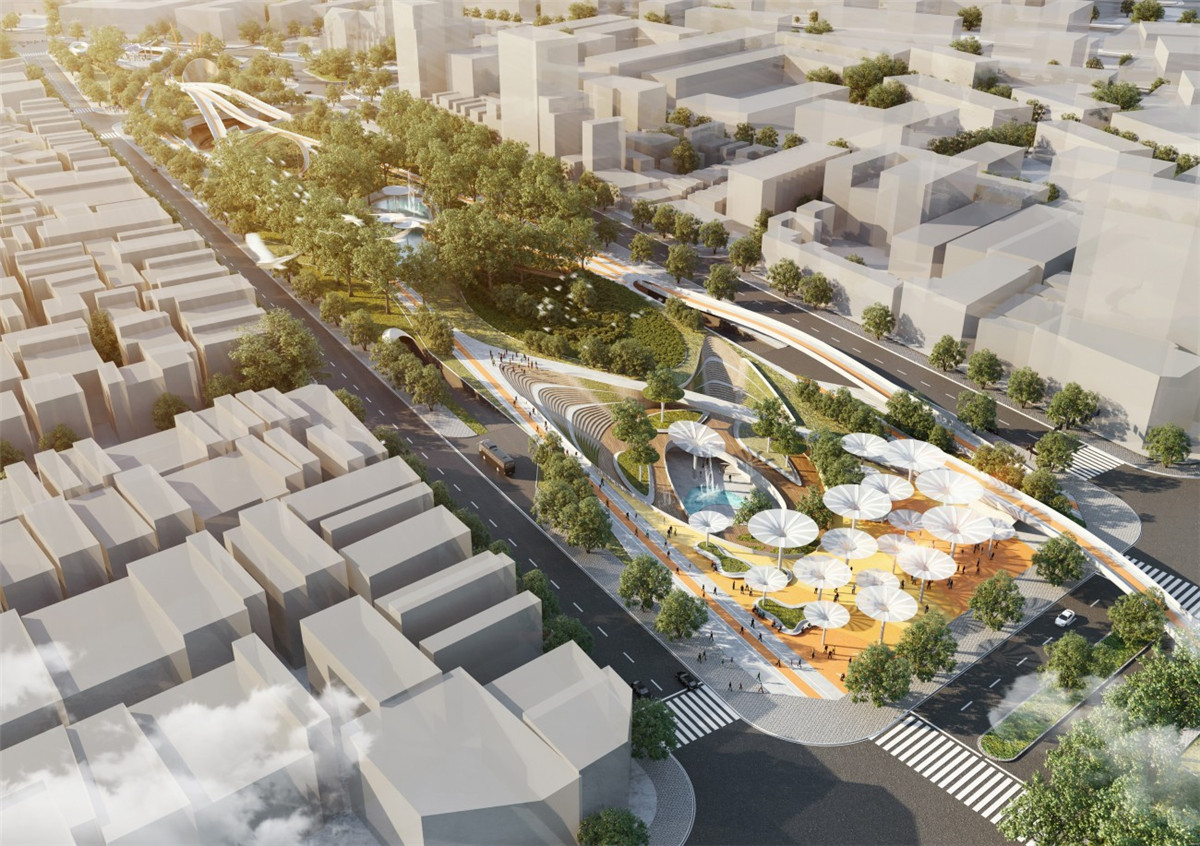
A collaboration between LAVA Architects and ASPECT Studios has won an international competition to design the 16 hectare Central Park in the heart of Ho Chi Minh City, Vietnam.
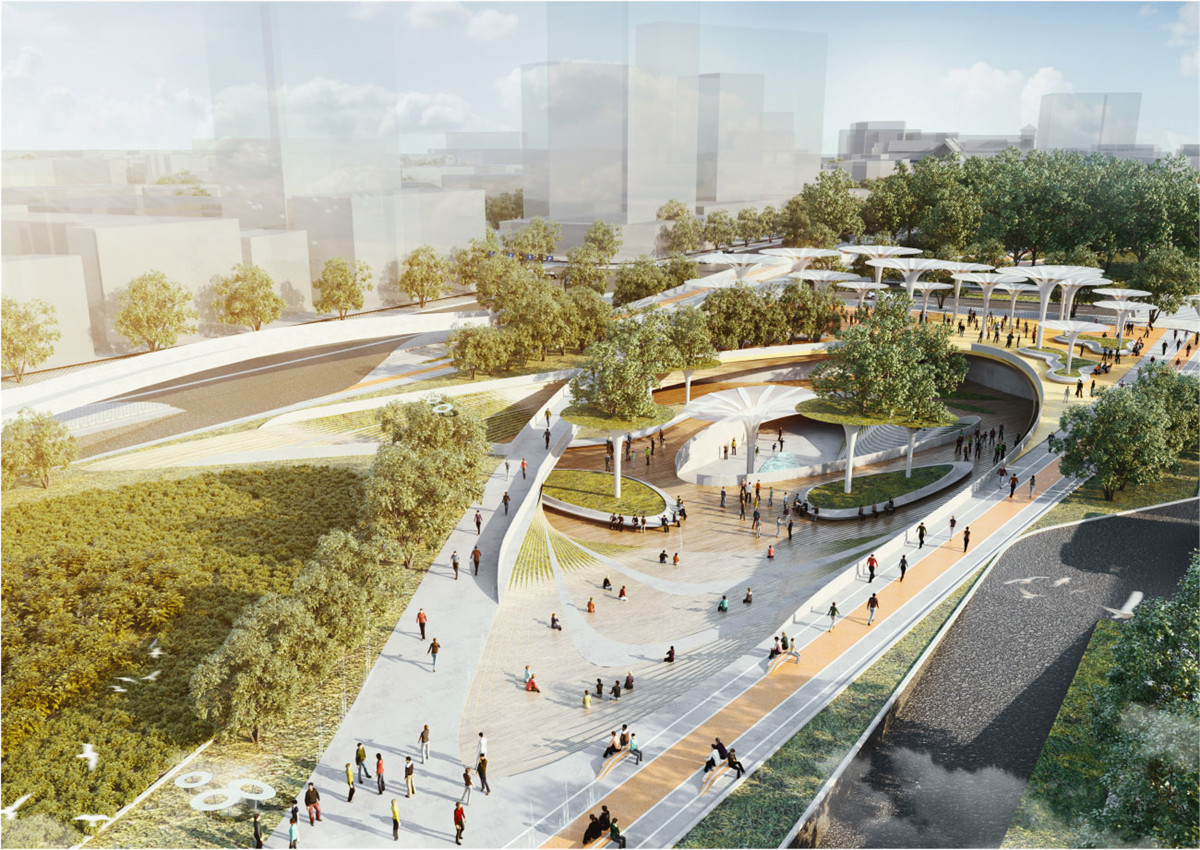
A key inspiration for the winning design was the site’s colonial-era past as a 19th century railway station. This provided the backdrop for a strong concept, pursuing the opportunity to repurpose a former rail infrastructure and formulate a design that maximised the retention of the existing mature trees and vegetation.
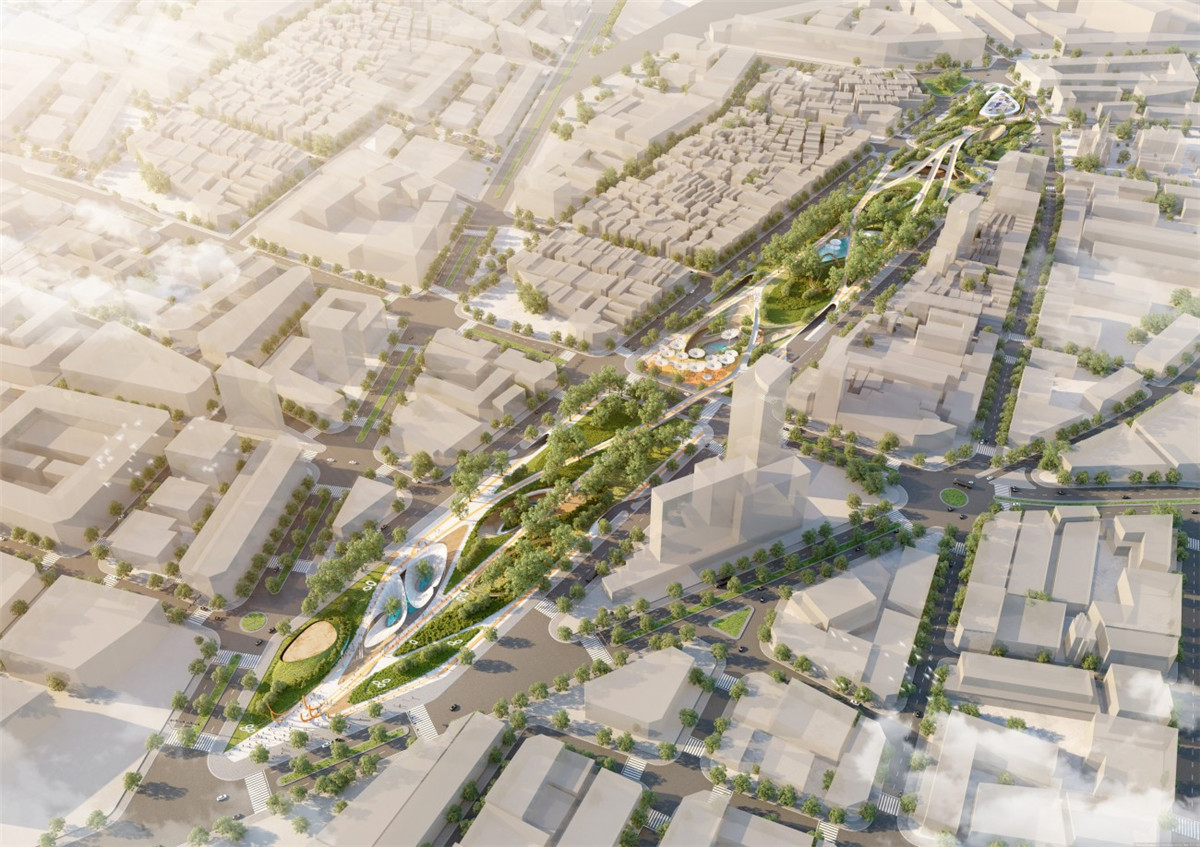
Chris Bosse, director of LAVA said: “The site has always been about transportation. It was the first train station in South East Asia, it’s currently a bus terminal and in the near future it will be Vietnam’s first metro station. Our design references this history and future mobility. Known locally as ‘September 23 Park’ it also hosts the important annual spring festival.”
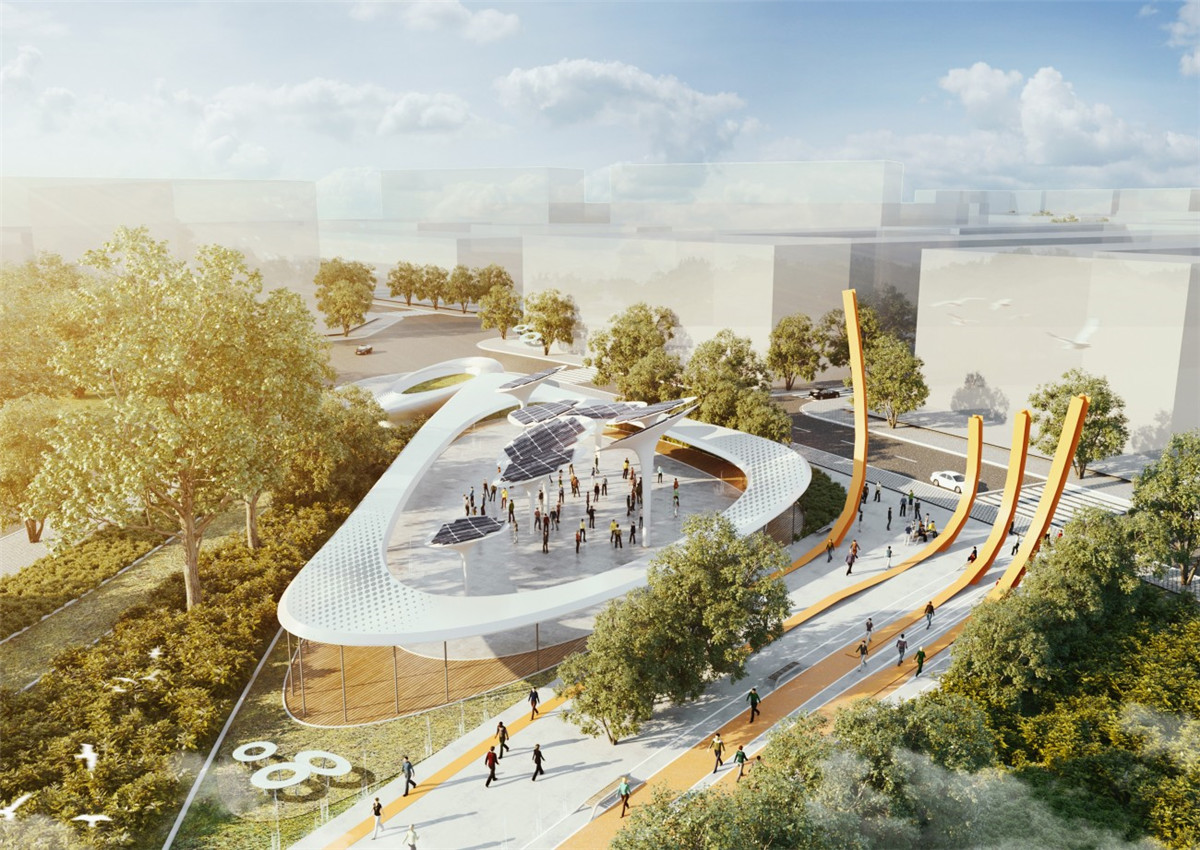
The Vision
The vision for the project respected and reflected the site’s context, history and culture. Looking to the site’s future as a primary central open space integral to the city’s identity, our design work involved studies into the diverse demographic of users. We investigated how the space could respond to the variety of needs and uses at different times, to create a world class urban park and meaningful and socially oriented place, catering to the local community, visitors and tourists and accommodate large city gatherings. The design optimises people’s experience, through connecting with the natural environment, creating a retreat from a sub-tropical and busy urban environment, and aims to set a precedent for future sustainable development.
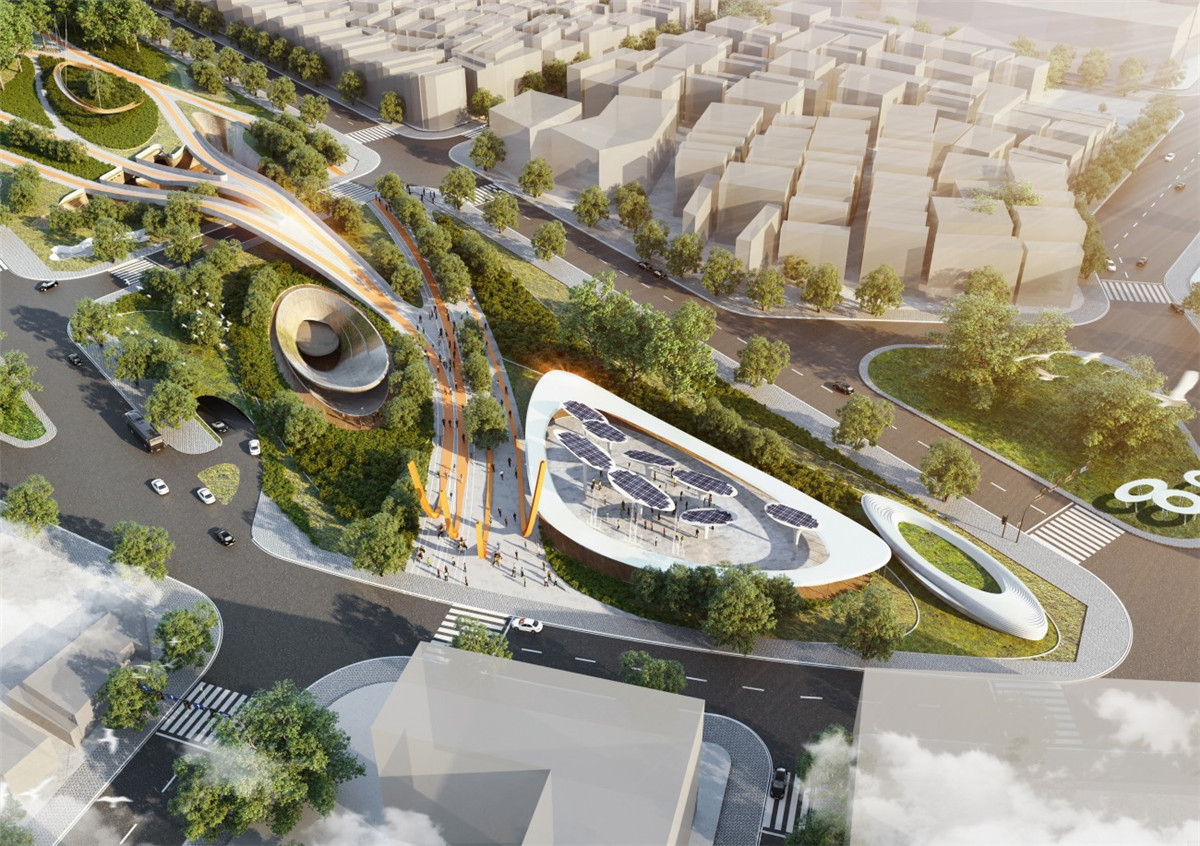
The Design
Interpretation of the site’s history is a key design element. The primary pedestrian and activity network is gently elevated through walkways that follow the curves of the site’s former railway, reminding visitors of its past urban fabric. They delineate a mix of active and passive spaces and allowed us to create a highly connected and permeable park space whilst maximising retention and minimising impact on the site’s existing mature trees. The walkways end with a dramatically twisting steel sculpture that further memorialises the infrastructure history.

Chris Bosse, Director (LAVA) – “The design transforms this urban oasis into an informal space with the emphasis on user experience and place-making whilst also meeting the 21st century requirements of social and environmental sustainability. Renouncing the formal, unfriendly grid, our design is informal, multiuse, friendly, connected and continuous.”
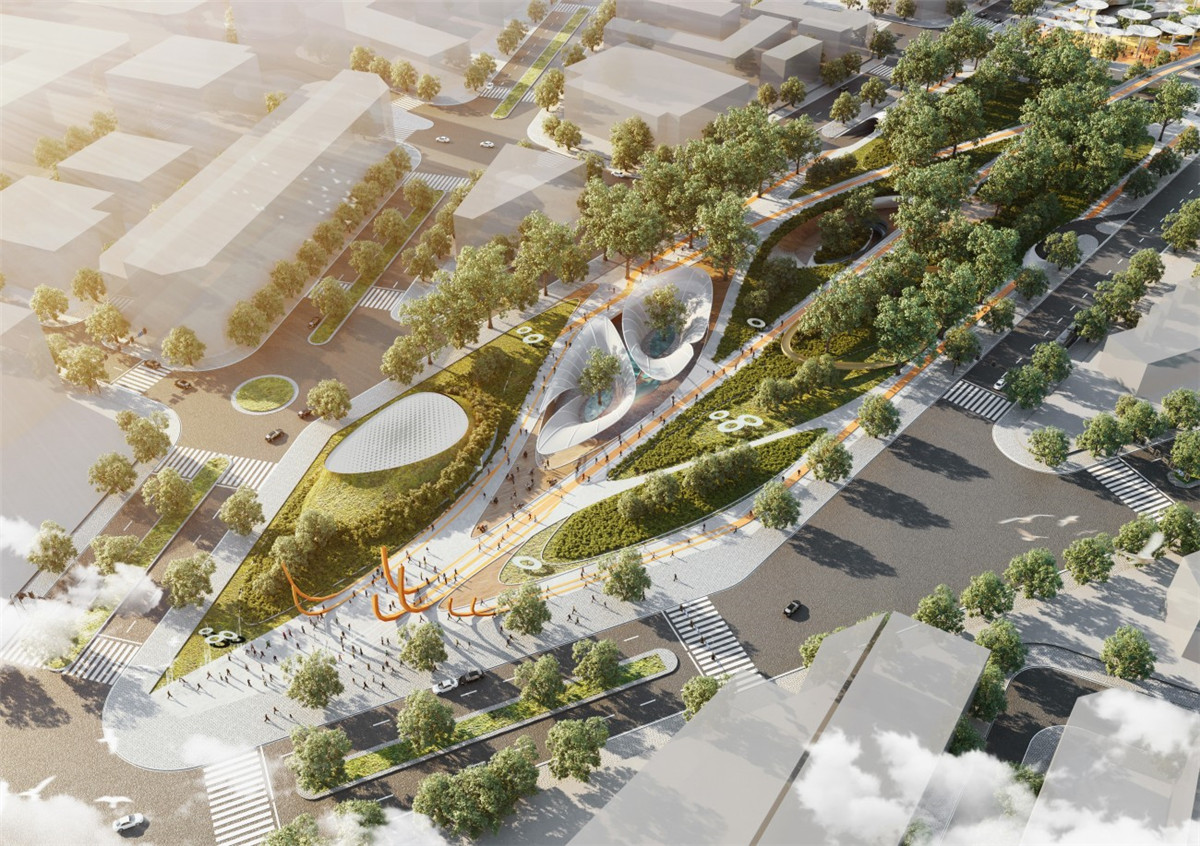
Sustainability is integrated throughout the design, where WSUD ensures the entire project acts a sponge, collecting and re-using rainwater. ‘Artificial tree’ forms exist within the landscape, formed and designed to be both iconic and sustainably multi-functional:
Water purification’ trees collect rainwater to be recycled and used for watering, drinking fountains and fire hydrants.
‘Ventilation trees’ provide passive cooling, encourage natural ventilation, reduce heat and create fresh air.
‘Solar trees’ harvest energy through photovoltaic cells and are angled to optimise radiation and electricity generation. They power the site’s digital information screens, charging docks and WIFI routers.
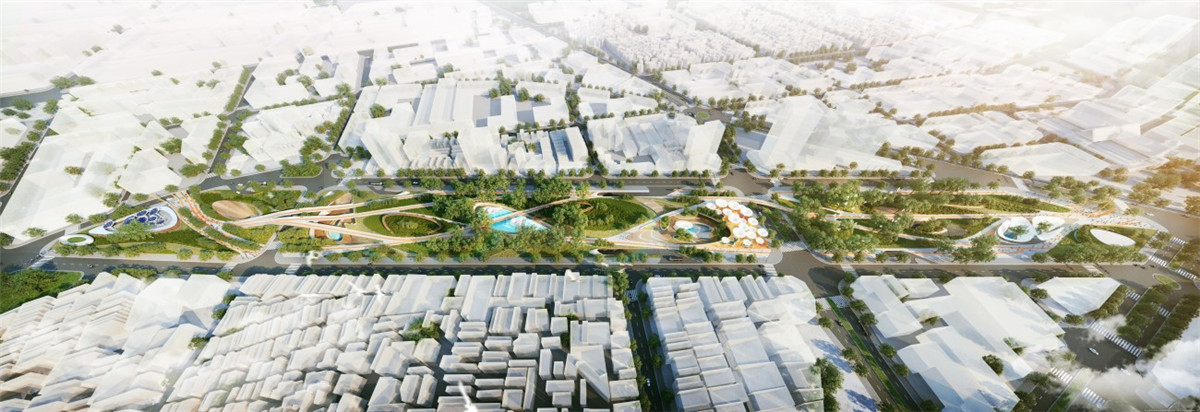
Stephen Buckle, Studio Director (ASPECT Studios) – “Envisioned as a place for people, the design was formulated with a focus on the diversity of experiences needed to create a world class central park: one that responds to its context, climate and community, meets the needs of people on a daily basis, as well as for visitors, gatherings and celebration. The design is layered with a series of spaces, places and experiences. Benchmarked against other world class parks, the result is a park for the future which respects it’s past and culture”.
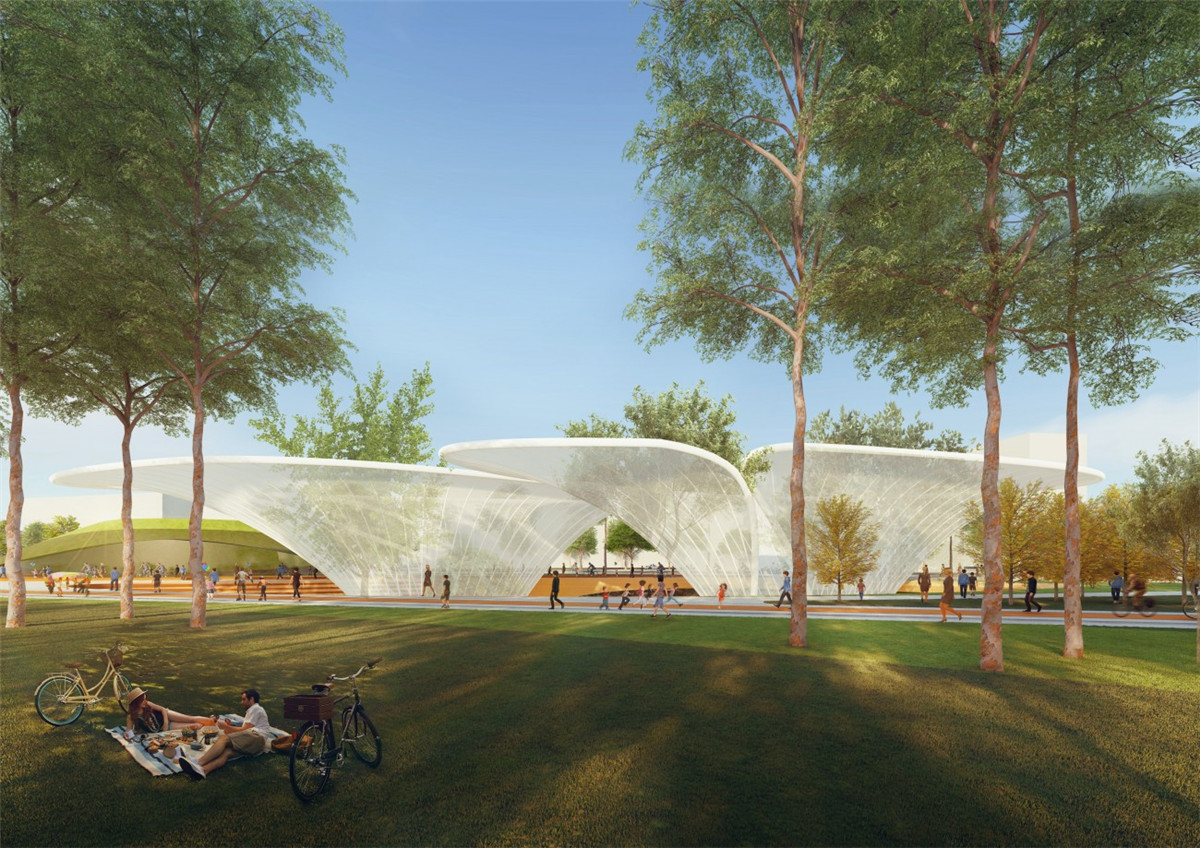
A series of flexible park spaces and places provide a balance of both programmed and unprogrammed activities, passive retreat for daily users and relate to the park’s role as a primary civic park. The sunken gardens will provide space for gathering, performance, play and culture; assist in natural ventilation of the underground retail; and provide connectivity to the greater city via the new Ben Thanh Metro Station. A day and night destination, the site incorporates commercial development along with a variety of public uses including:

Chris Bosse, Director (LAVA) – “We were thrilled to win this competition and for the opportunity to create an authentic place to bridge the past and the future, a connection between man, nature and technology. The Metro will open a new page for urban transport and, together with the revitalisation of the park, will improve the quality of living, central to a truly international city.”

Stephen Buckle, Studio Director (ASPECT Studios) ‘We are super excited and honoured to win this prestigious and high-profile competition against the high calibre of other entries and designs. It goes along way to reinforce the reliance and significant of ASPECT Studios’ principles – the creation of authentic, meaningful public spaces that balances both the of humanistic and environmental needs of project. As our first entry into the Vietnam market, we plan to develop on the message this project represents and continue to support the dynamic, yet sensitive growth of Vietnam.
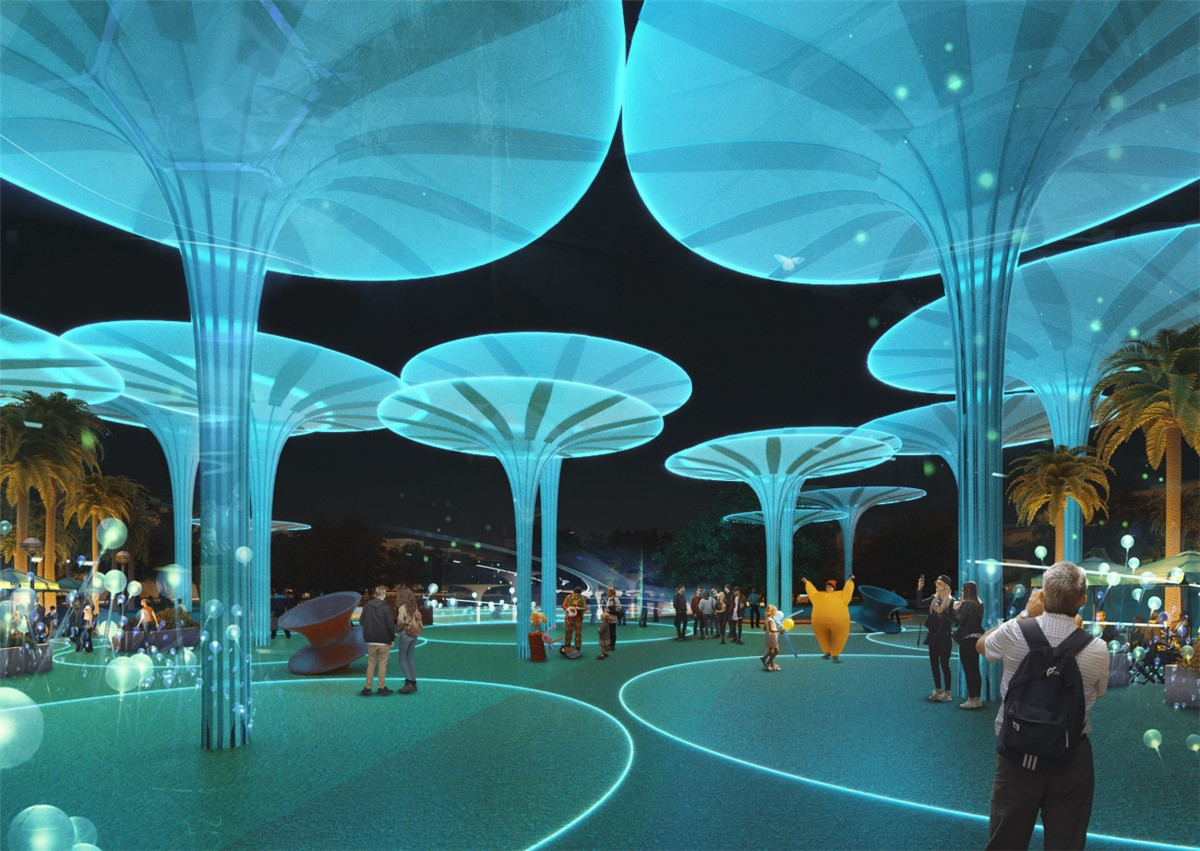
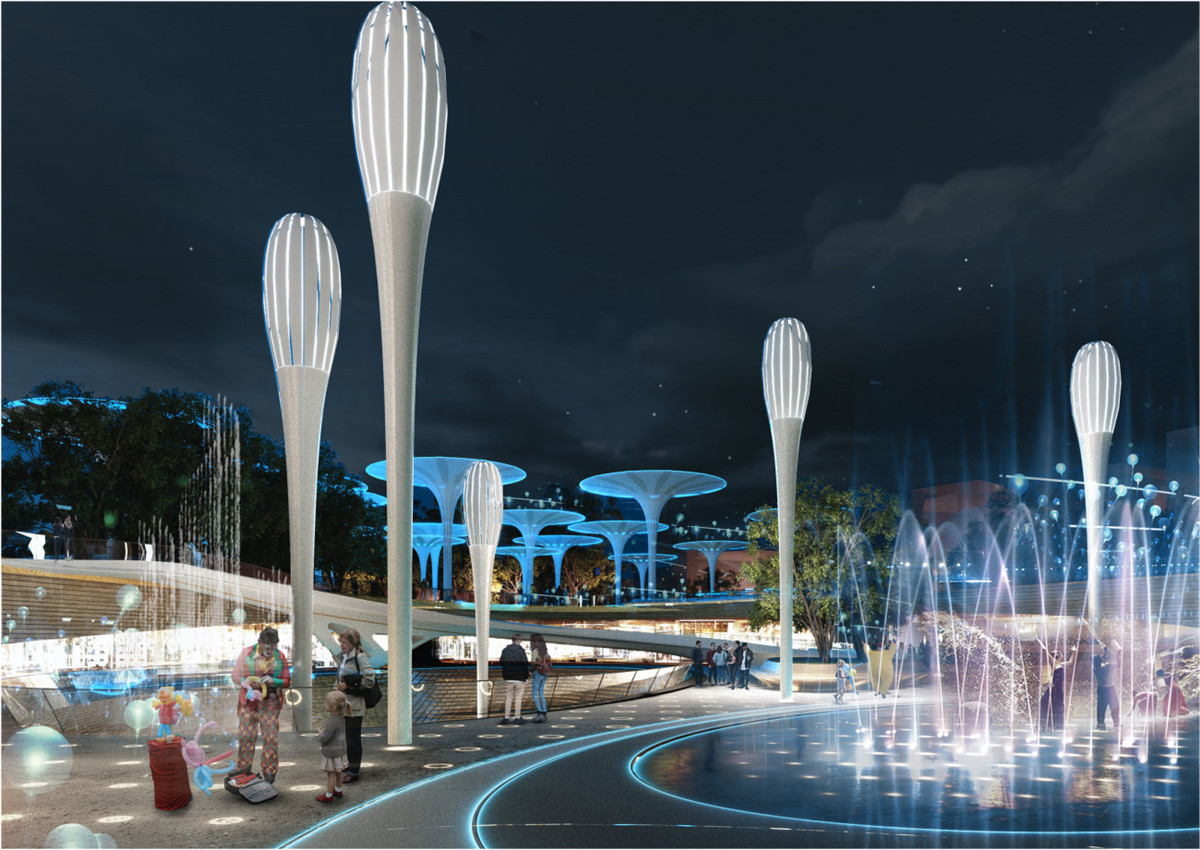
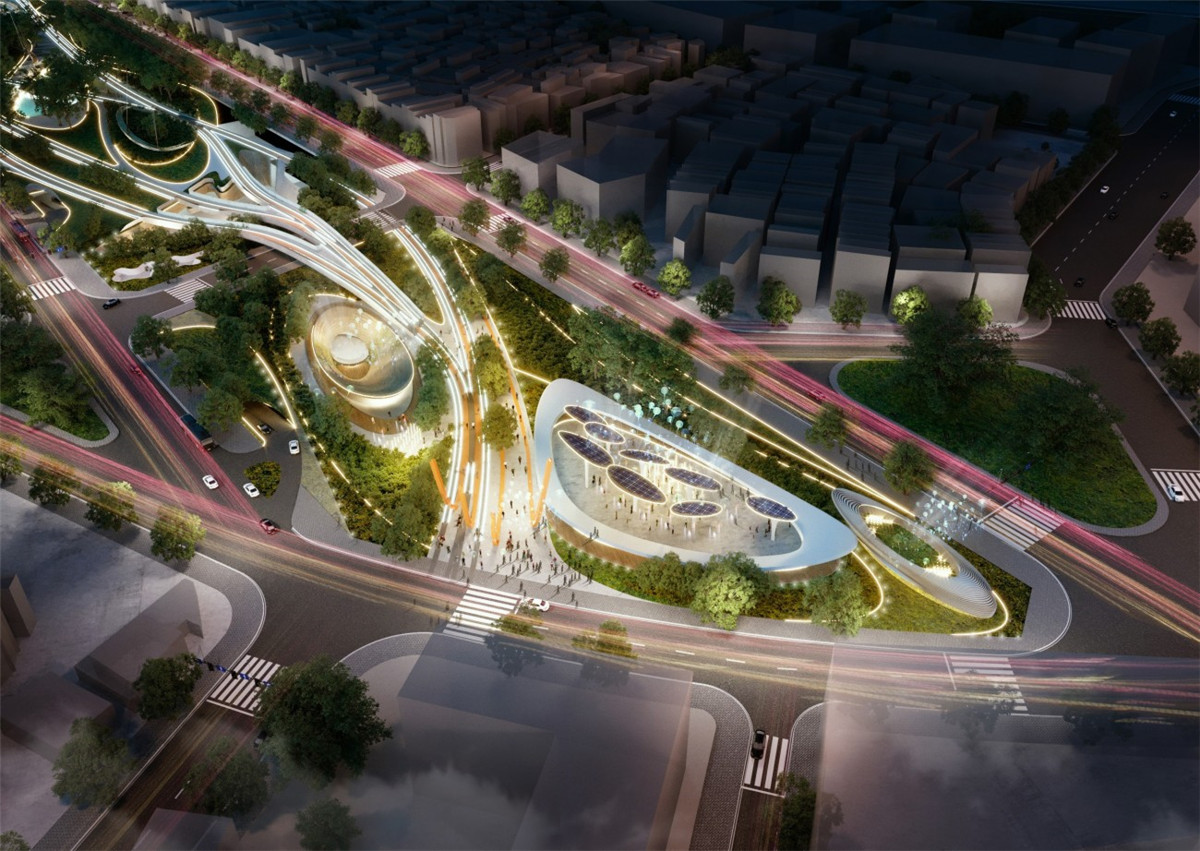
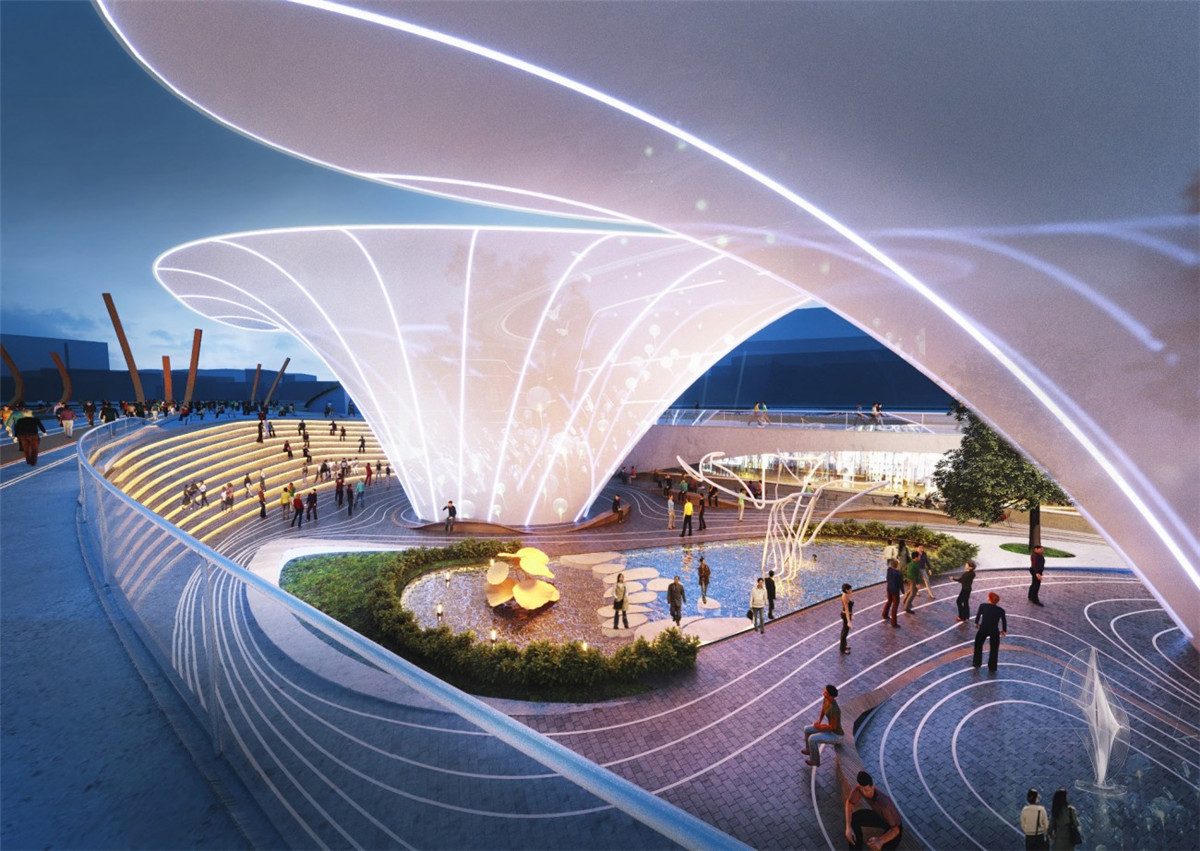
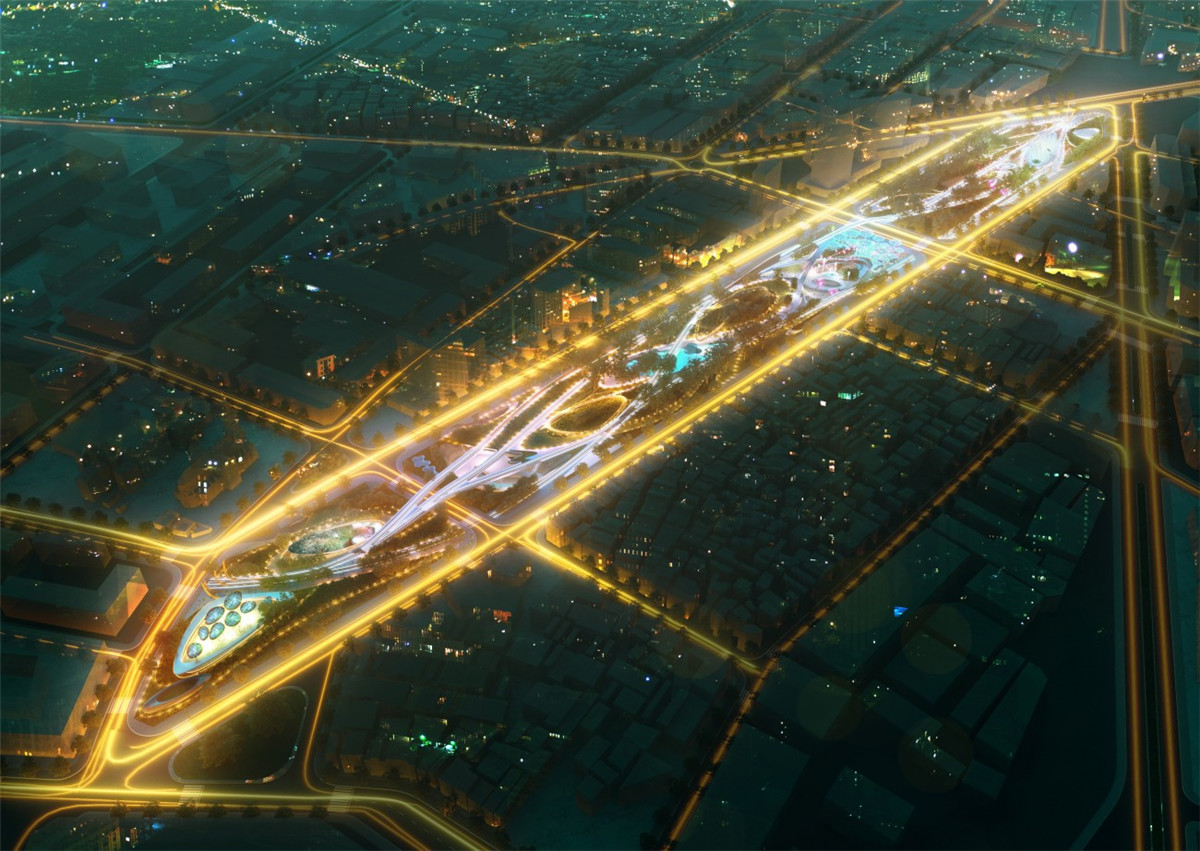
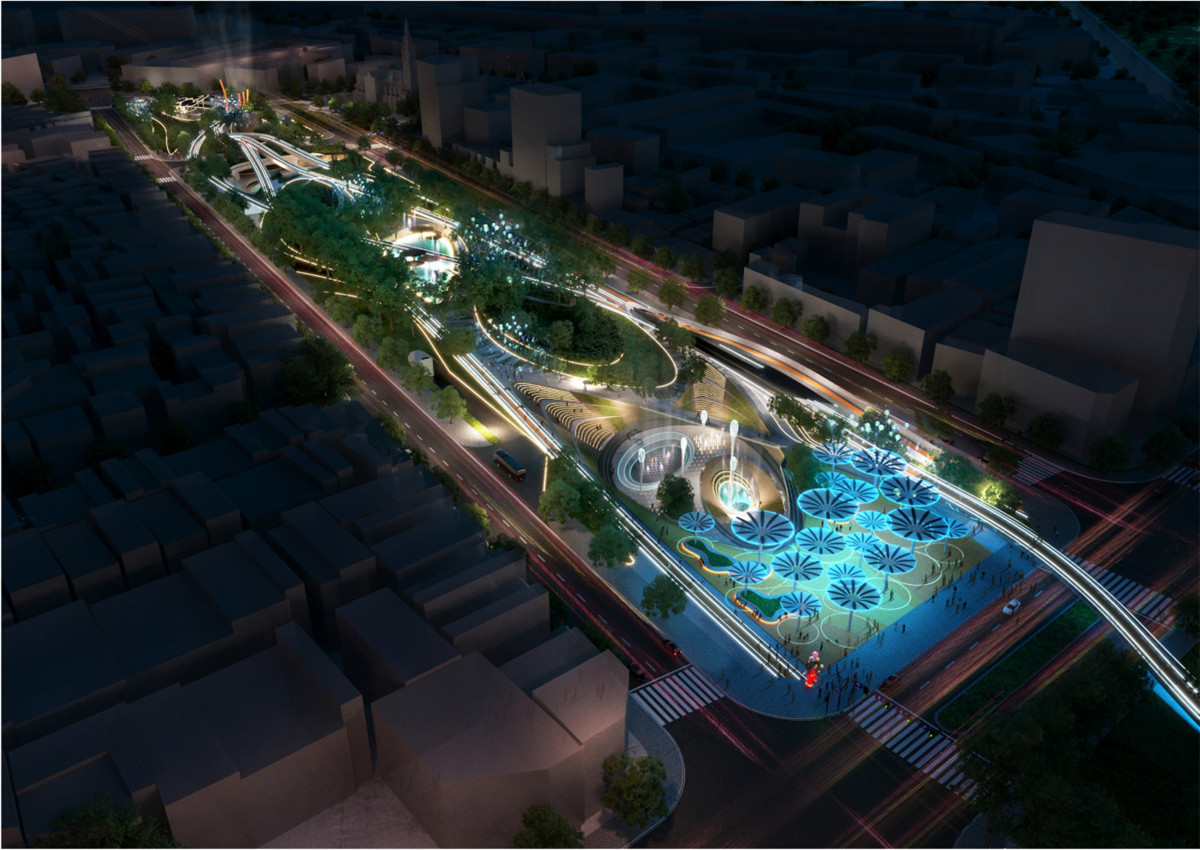
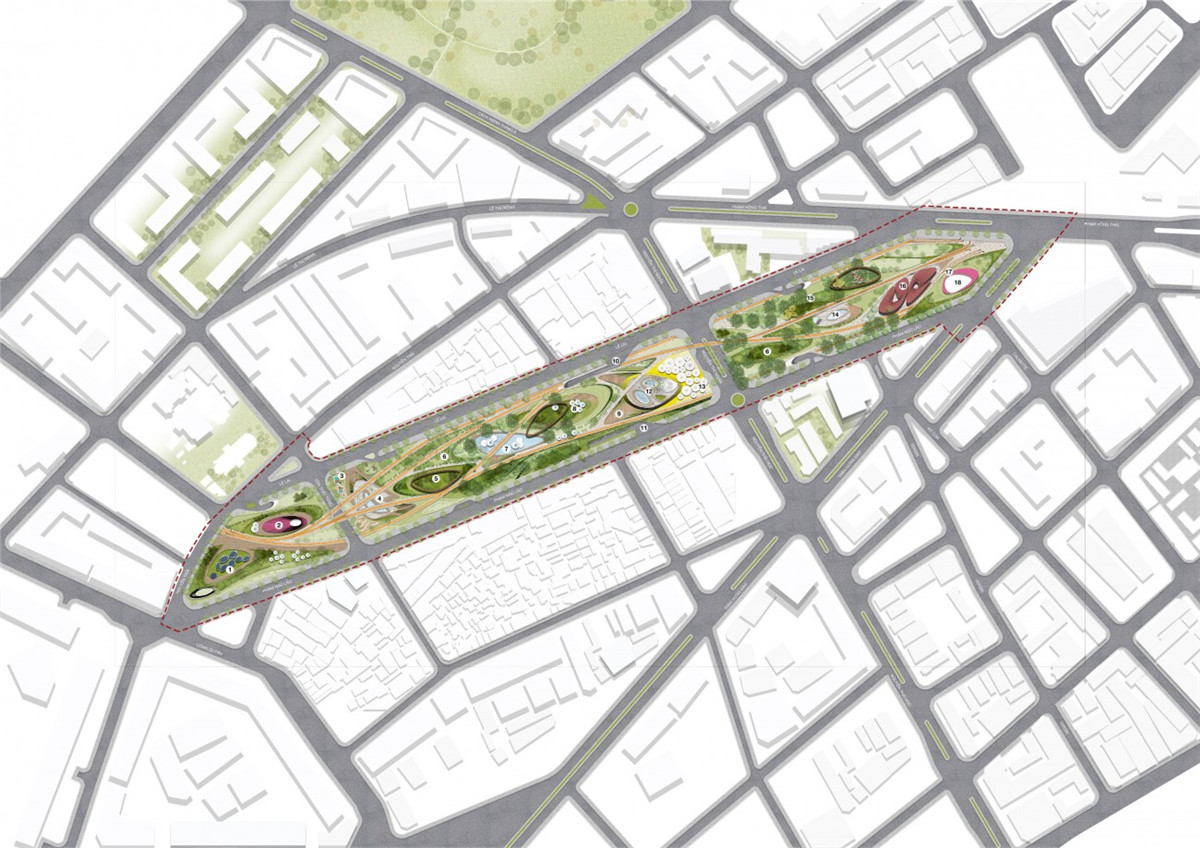
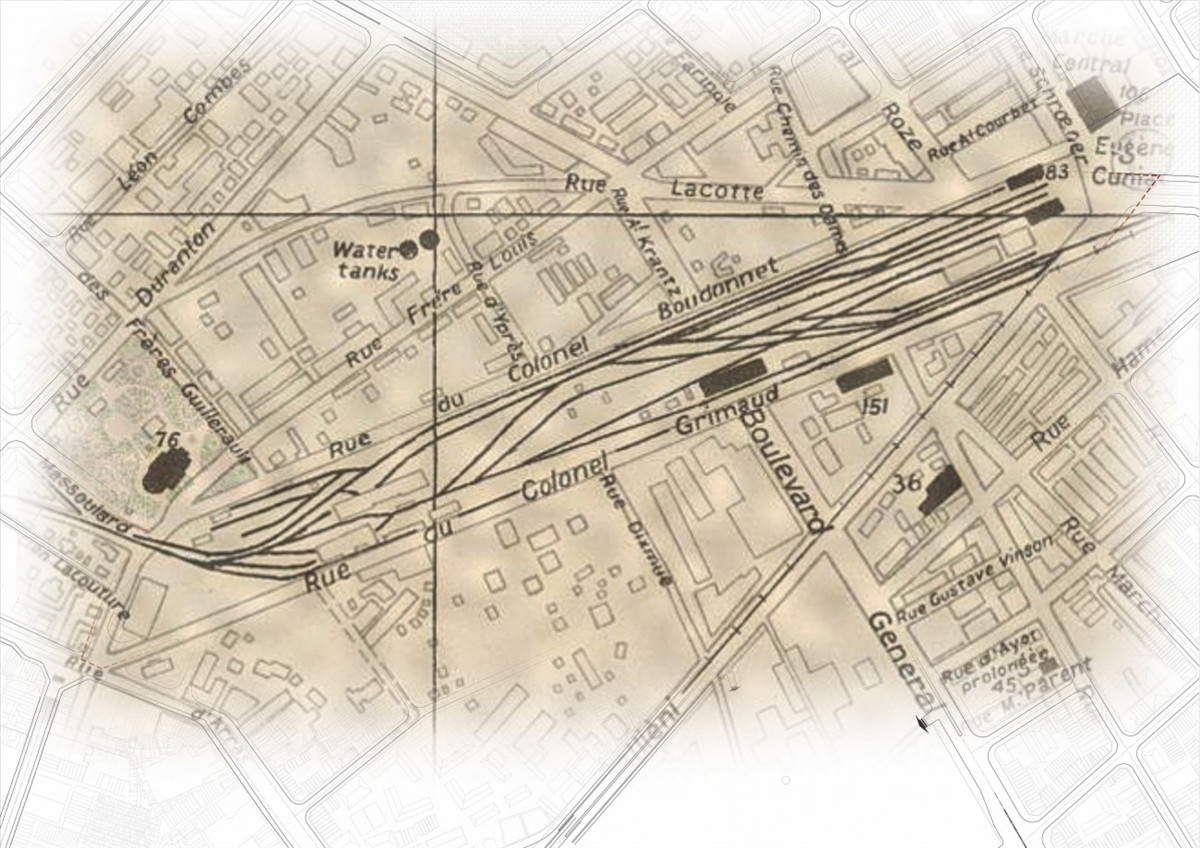
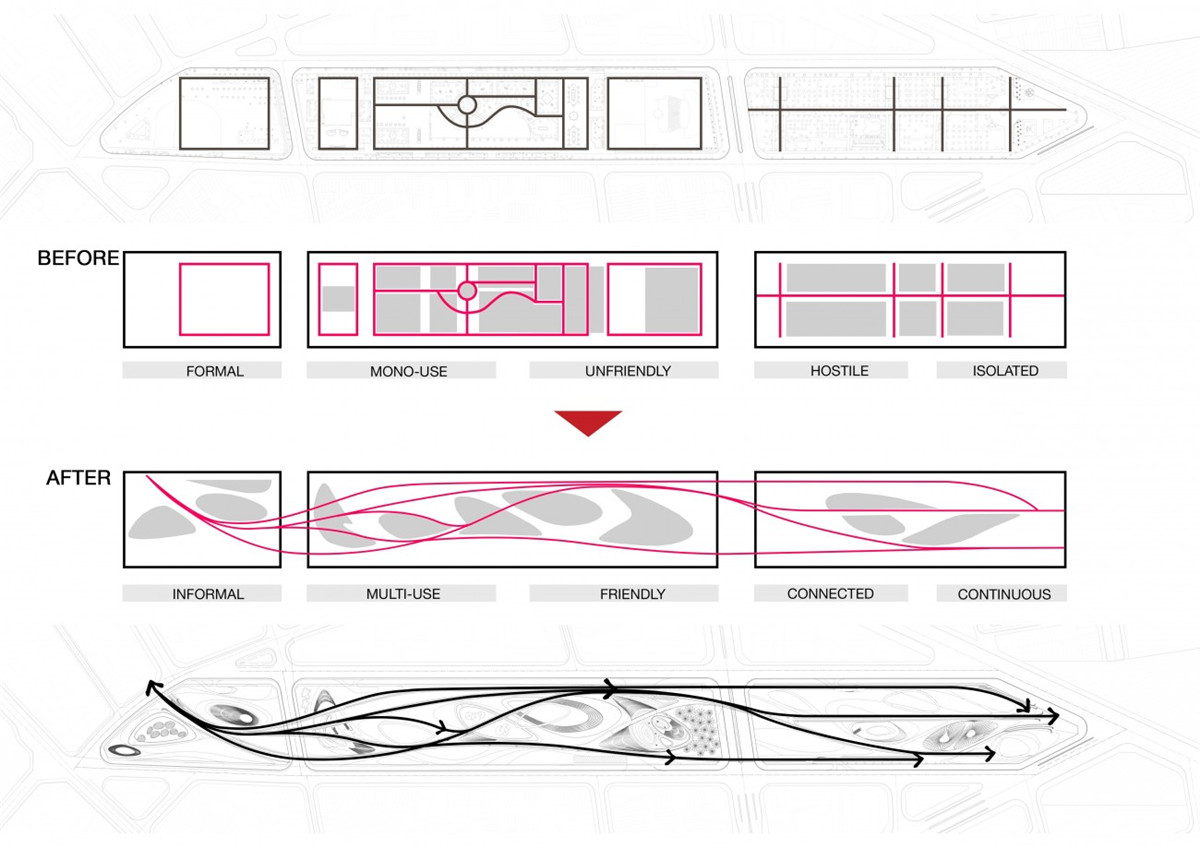
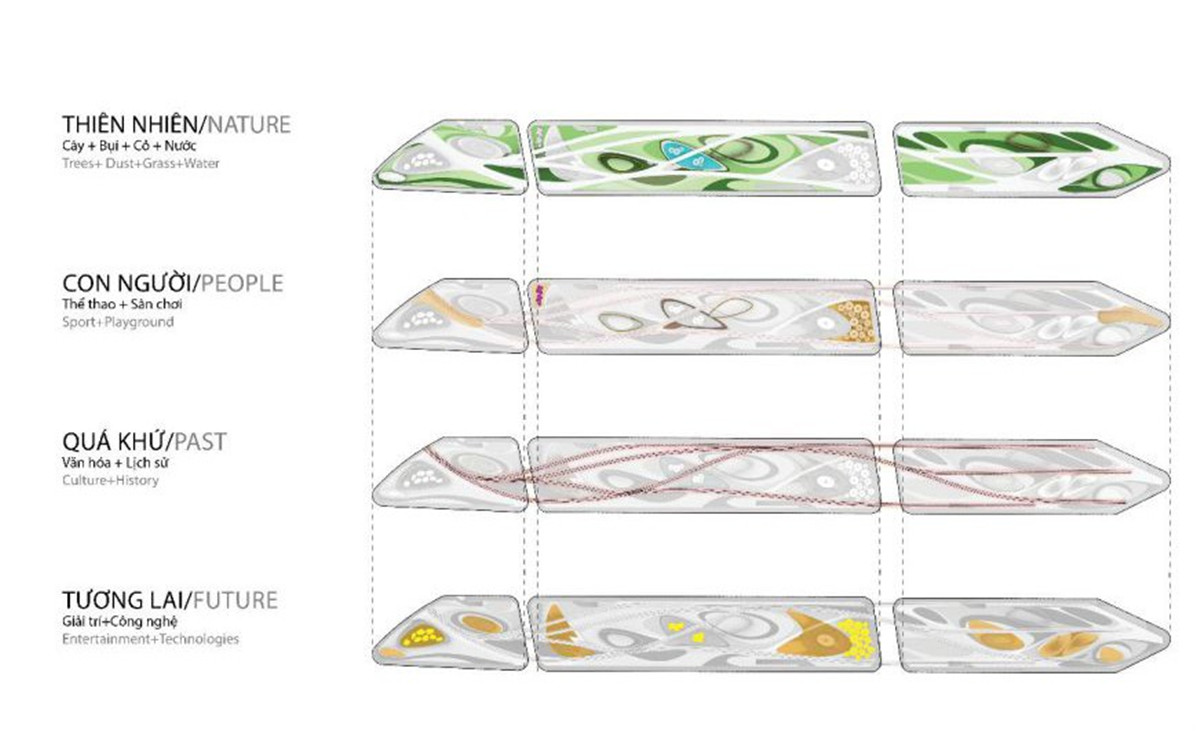
SEE MORE LAVA ASPECT Studios
